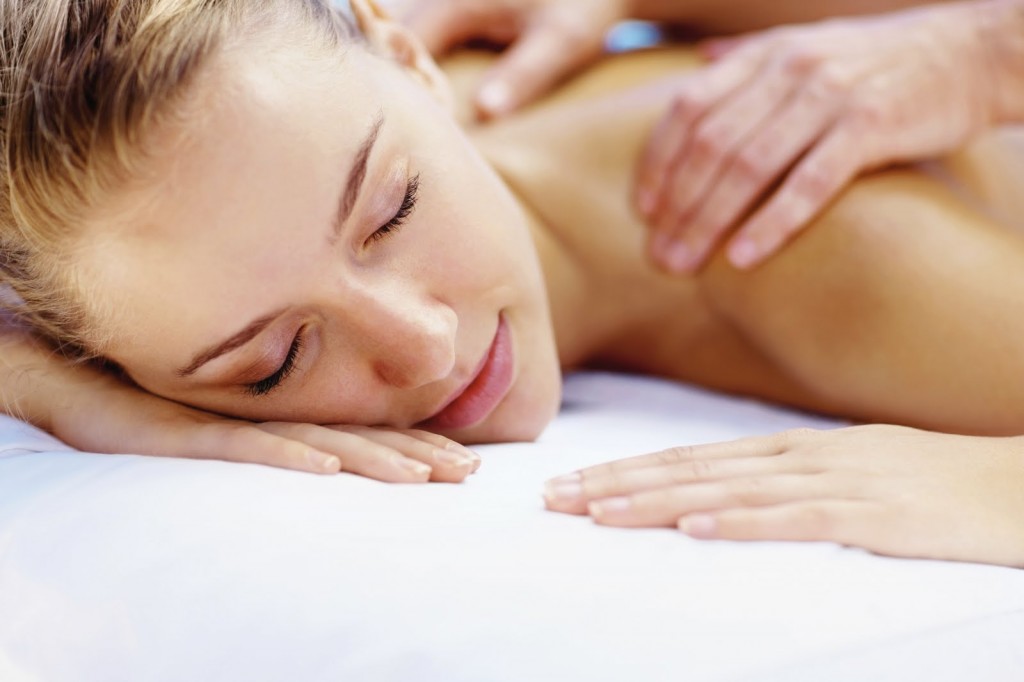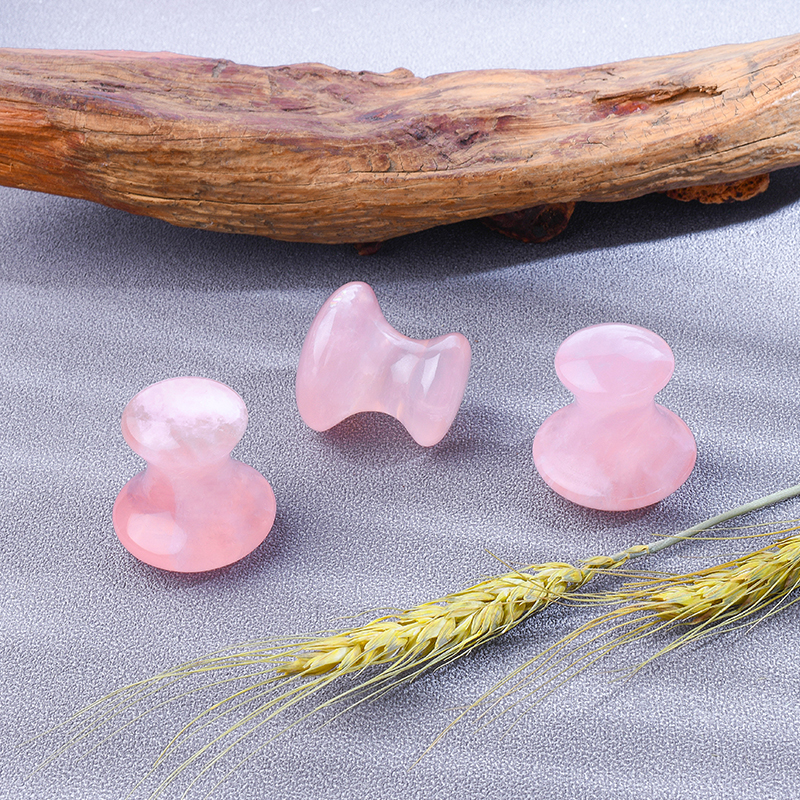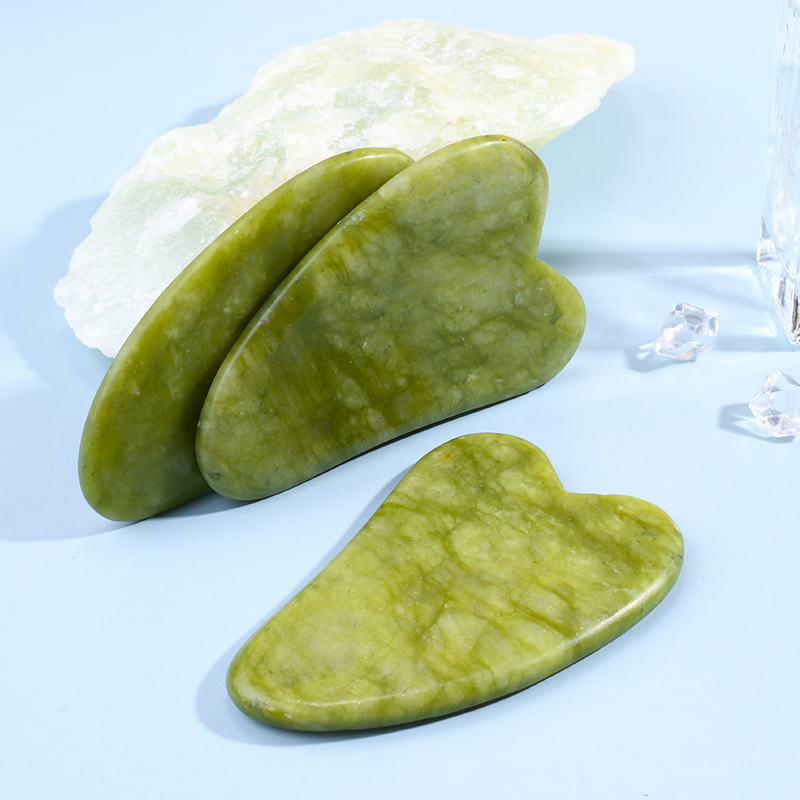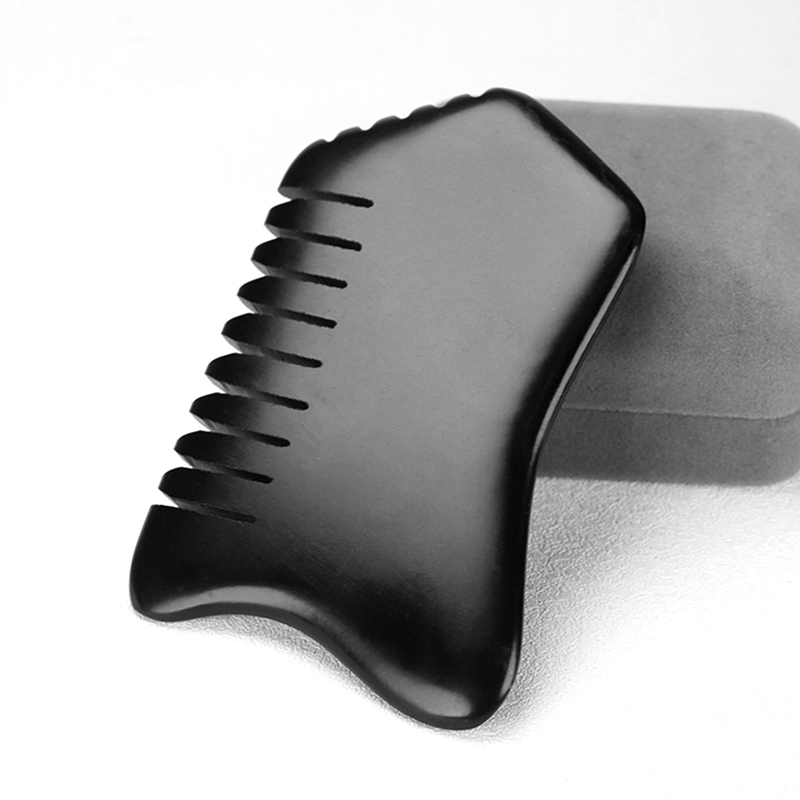

Massage therapy is in a period of popularity right now. More and more people are beginning to recognize and devote themselves to massage. Although affected by the epidemic, it may not be easy to go to a professional massage shop to experience massage, but we can also experience the benefits of massage at home. our enjoyment. And here’s what you should know before we experience a massage:
What is Massage Therapy Useful for?
Massage therapy is used to help manage health conditions or enhance health. It involves manipulating the soft tissues of the body. Throughout human history, massage has been used by most cultures, both Eastern and Western, and was one of the earliest tools people used to relieve pain.
What Are the Different Types of Massage Therapy?
The term “massage therapy” includes many techniques. The most common type of massage therapy in Western countries is called Swedish or classical massage; it is at the heart of most massage training programs. Other styles include sports massage, clinical massage to achieve specific goals (such as releasing muscle spasms), and massage traditions derived from Eastern cultures, such as acupressure and tuina.
Does Massage Therapy Help with Pain?
Massage therapy has been studied to treat several types of pain, including low back pain, neck and shoulder pain, knee osteoarthritis pain, and headaches. Science says this:
- Low back pain
- Neck and shoulder pain
- Knee osteoarthritis
- Headache
Can Massage Help Cancer Patients?
With proper precautions, massage therapy can be part of supportive care for cancer patients; however, evidence that it relieves pain and anxiety is weak.
Massage therapy, with or without aromatherapy (using essential oils), has been used to relieve pain, anxiety, and other symptoms in cancer patients. A 2016 review of 19 studies (over 1,200 participants) of massage for cancer patients found some evidence that massage may help relieve pain and anxiety, but the quality of the evidence was very low (as most studies were small, Some may be biased), the results are not consistent.
The Clinical Practice Guidelines for the Care of Patients With Breast Cancer (Healthcare Provider Guidelines) include massage as one of several methods that may help reduce stress, anxiety, depression, fatigue, and quality of life. Clinical practice guidelines for the care of patients with lung cancer recommend massage therapy as part of supportive care for patients whose anxiety or pain is not adequately controlled with usual care.
When working with cancer patients, massage therapists may need to modify their usual techniques; for example, they may have to use less pressure than usual on areas sensitive to cancer or cancer treatment.
For more information, see the NCCIH Fact Sheet on Cancer.
Can Massage Therapy Help with Fibromyalgia Symptoms?
Massage therapy may help some fibromyalgia symptoms if continued long enough.
A 2014 review of nine studies (404 participants in total) concluded that massage therapy improved pain, anxiety, and depression in people with fibromyalgia, but had no effect on sleep disturbances, if continued for at least 5 weeks.
A 2015 review of 10 studies (with a total of 478 participants) compared the effects of different types of massage therapy and found that most massage modalities had a beneficial effect on the quality of life of people with fibromyalgia. Swedish massage may be an exception; 2 studies of this type of massage (56 participants total) showed no benefit.
Can Massage Therapy Help People with HIV/AIDS?
There is some evidence that massage therapy may be beneficial for anxiety, depression, and quality of life in people with HIV/AIDS, but the number of studies and the number of people studied is small.
Massage therapy may help improve the quality of life of people with HIV or AIDS, a 2010 review of 4 studies (178 participants) concluded.
More recently, a 2013 study of 54 people suggested that massage may help treat depression in people with HIV, while a 2017 study of 29 people with HIV suggested that massage may help with anxiety .
What are the risks of massage therapy?
The risk of harmful effects from massage therapy appears to be low. However, there are few reports of serious side effects, such as blood clots, nerve damage or fractures. Some reported cases involve vigorous types of massage, such as deep-tissue massage, or patients who may increase the risk of injury, such as the elderly.
How is Massage Different From Gua Sha?
There are many similarities between the two in terms of efficacy. The relationship between the two can be described in this way, scraping is a type of massage therapy, but massage therapy is not necessarily scraping.
Gua Sha may have a stronger effect than regular massage therapy. Because scraping will use external tools, that is, scraping board to massage. With the help of tools, we can transmit the force to the deeper muscles for better results.
However, relatively speaking, scraping is more difficult than massage, and it is more professional! If you are interested in Gua Sha massage, the following three tools are worth trying:
Rose Quartz Gua Sha:


The most popular gua sha products on the market, with beautiful appearance and affordable price. It is a very worthwhile tool. The disadvantage may be that it is fragile and cannot withstand large external forces.
Green Jade Gua Sha:


It is also the best-selling gua sha board on the market, and the price is very attractive. The effect is also very good. It is also a scraping board worth starting with.
Bianstone Gua Sha:


According to research, this should be the earliest material used in gua sha. Compared with the rose quartz scraping board, it is rougher in appearance. But it is also a very good scraping board.
